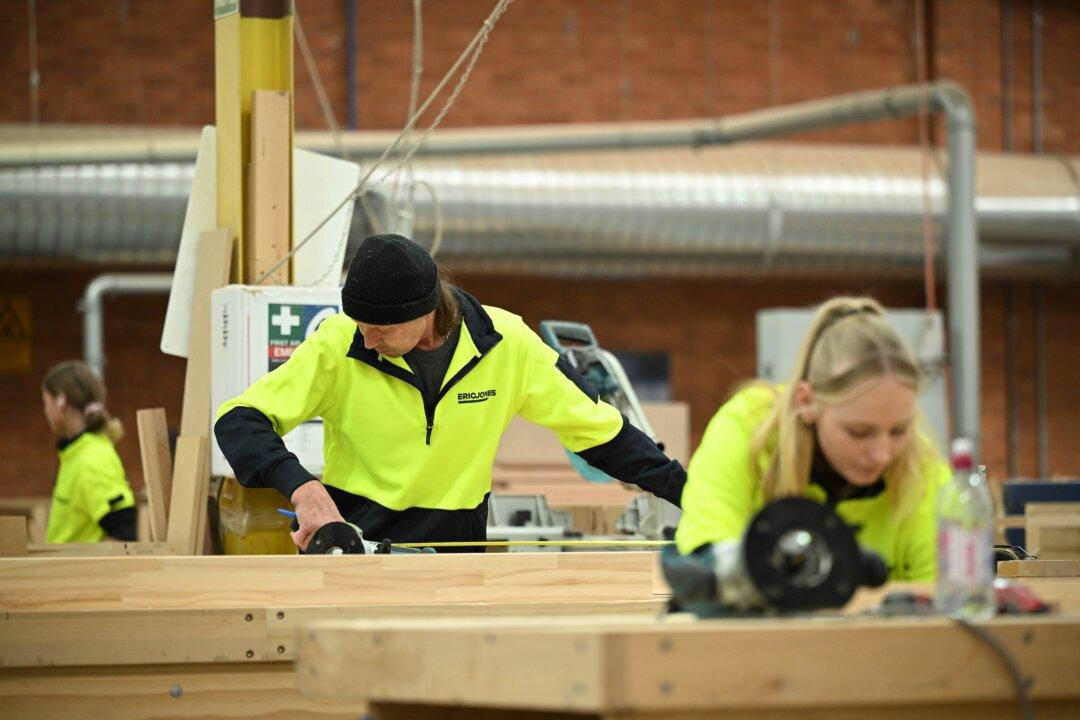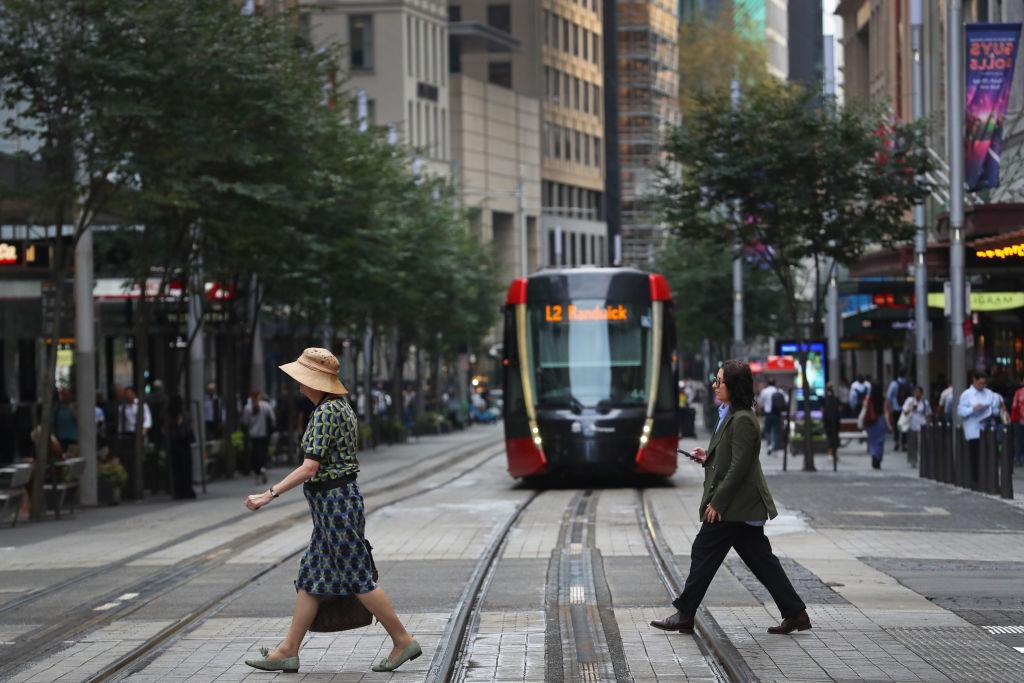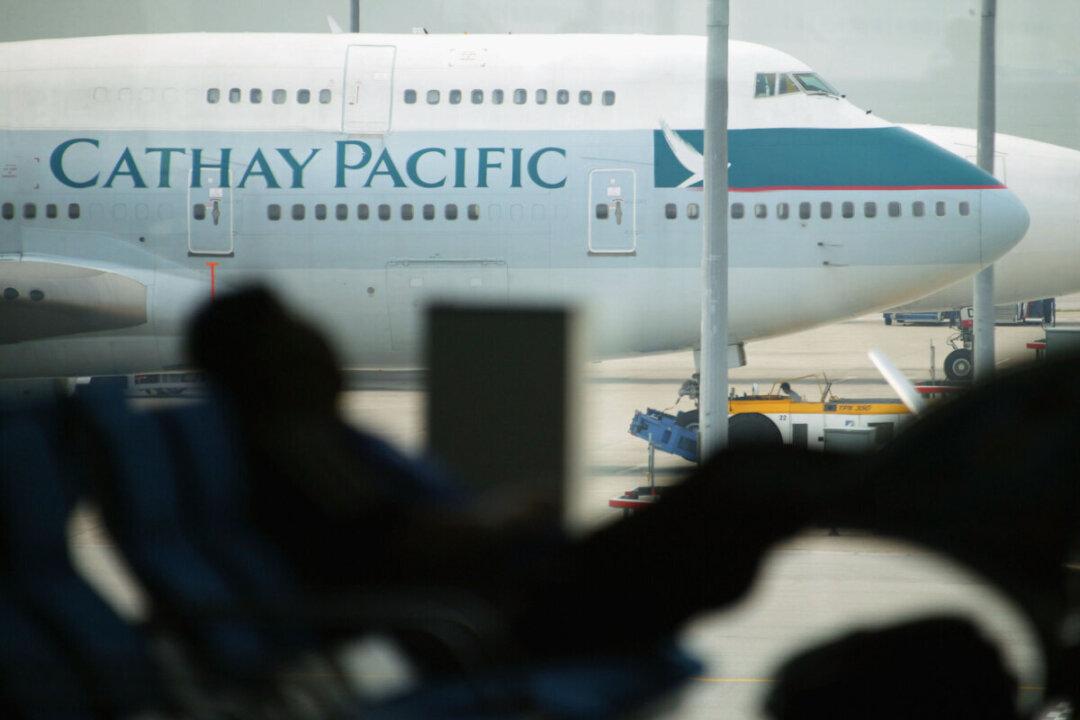Public services industries show the strongest growth in the number of jobs in the country, according to the latest labour market report released by the Australian Bureau of Statistics (ABS).
The report said that the three leading industries that experienced the strongest growth are healthcare and assistance (87,300), public administration and safety (23,200), and education and training (17,900).




